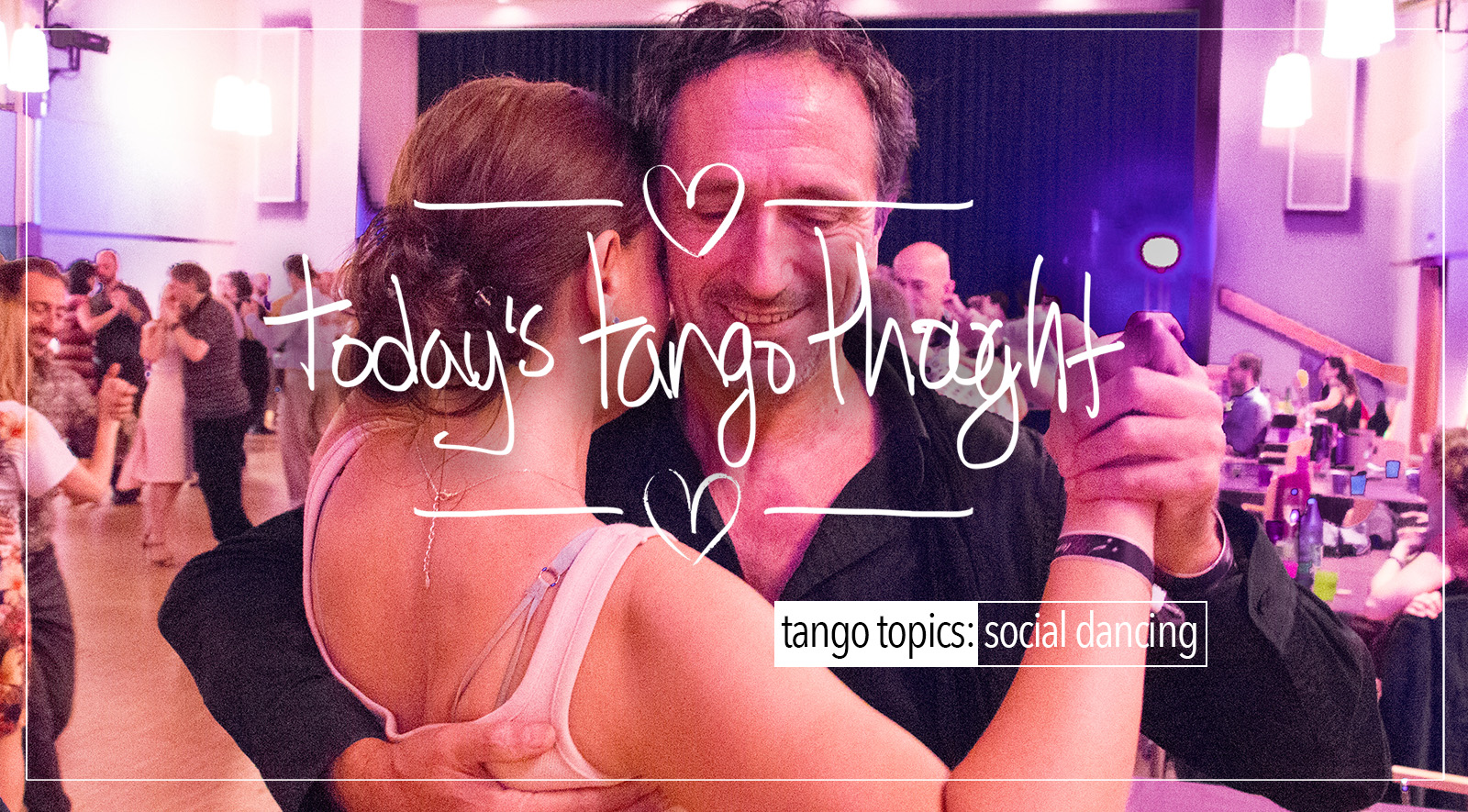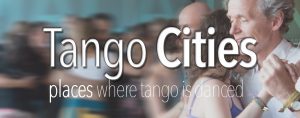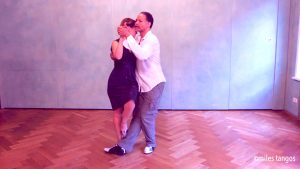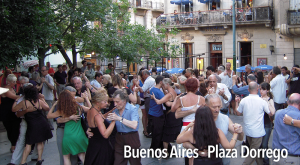Excerpt From the pod/videocast above: “Facility can be, but is not limited to, Familiarity with Vocabulary, Execution of the Vocabulary, also it’s about Balance, Equilibrium, Kinesthetic Awareness, Kinesthetic Listening, The Neurology of Leading, The Neurology of Following (which is how you respond to something from a follower’s perspective), Proprioception, and last but not least Extending Your Capabilities. We’ll get to that last one in just a bit. Two of the more common aspects of Facility are Execution and Proprioception. So let’s quickly review what Tango Topics means when it refers to these ideas…“
Links that are important to this Tango Thought:
1.) Proprioception
2.) The 6 Ways of Walking.
3.) Perfectionism











